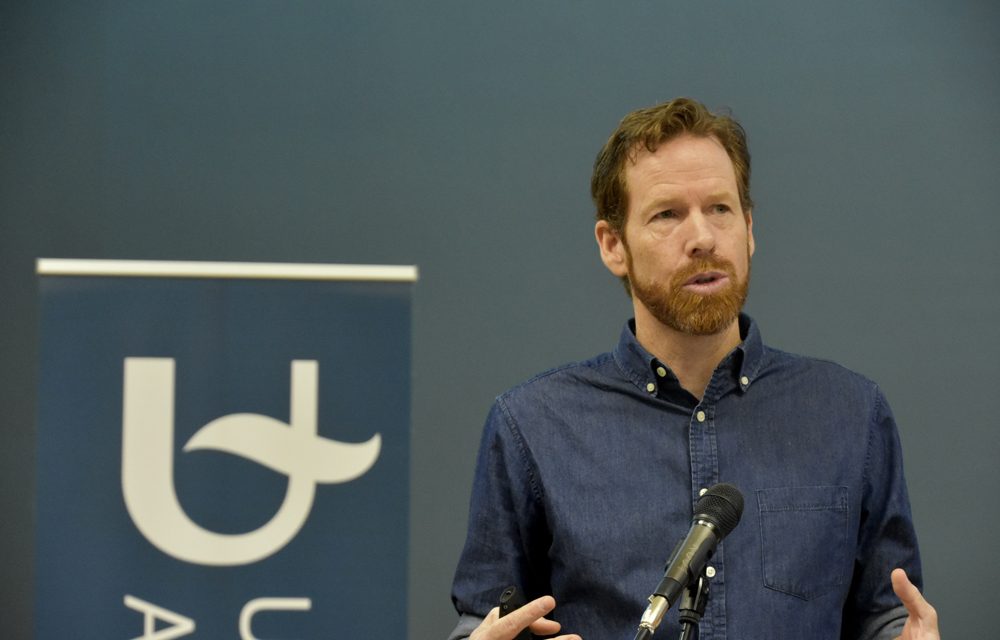In the second academic keynote speech, Scott Crossley sets out to examine creativity in writing by using automatic linguistic analysis tools. He approaches creativity from two different perspectives, namely cognitive creativity, which he characterizes as the ability to develop original and effective solutions to a problem and linguistic creativity, which entails playing with form or meaning in language. Cognitive creativity can be studied by considering the fluency, flexibility, originality and elaboration of ideas, while linguistic creativity is mostly focused on three different types of figurative language: metaphor and simile, irony, satire and sarcasm and wordplay.
As a scholar specialised in natural language processing, Scott Crossley is particularly interested in developing statistical techniques and computer programs that can analyse, assess and predict creativity in language. In two recent studies, he and his team investigated creativity using automatic linguistic analysis. In one study, they examined the generation of ideas in student writing (cognitive creativity) and in another they focused on satire in product reviews (linguistic creativity).
The results of these studies suggest that cognitive and linguistic creativity have some corollaries but that it is much easier to model and predict idea generation than figurative language. While some linguistic features of satire could be identified, such as more negative, concrete and certainty terms, it is clear that much variance still remains to be explained. Nevertheless, this research provides a better understanding of different types of creativity and how creativity is produced.
—Caroline Dothee

